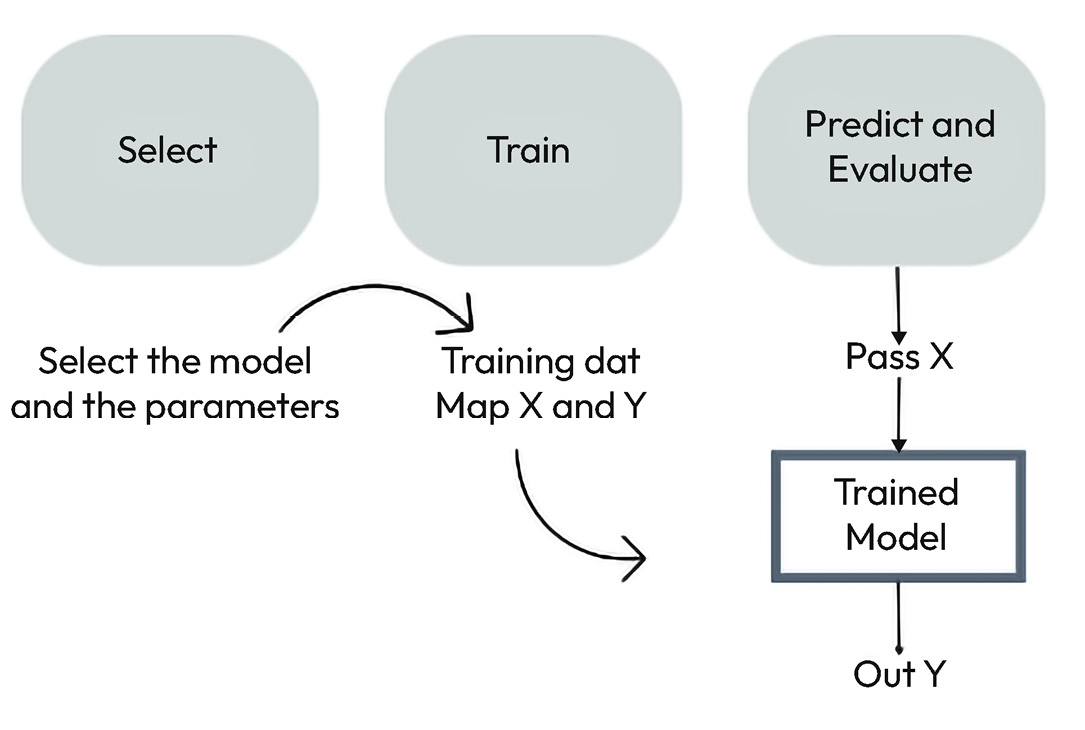A Primer on Machine Learning and Deep Learning
Before applying any machine learning algorithm, having a comprehensive understanding of the dataset and its key features is essential. This understanding is typically derived through exploratory data analysis (EDA). Once acquainted with the data, we must invest time in feature engineering, which involves selecting, transforming, and creating new features (if necessary) to enable the use of the chosen model or enhance its performance. Feature engineering may include tasks such as converting classes into numerical values, scaling or normalizing features, creating new features from existing ones, and more. This process is tailored for each specific model and dataset under analysis. Once this process is completed, we can proceed to modeling.
The goal of this chapter is to review introductory concepts of machine learning and deep learning, laying the foundation for Part 2 of this book. In Part 2, we will delve into various use cases where...
































































